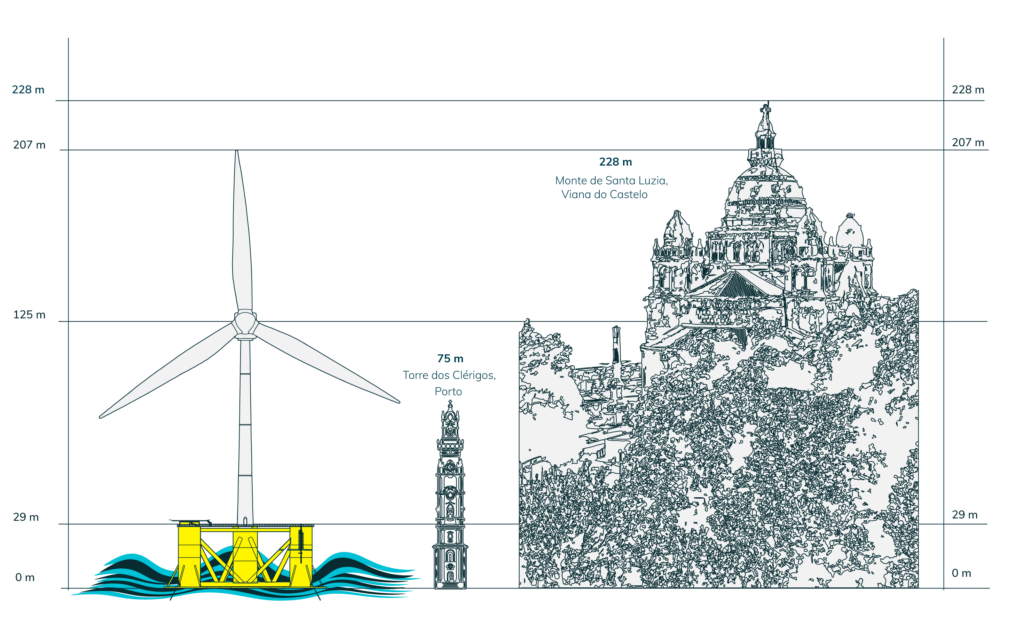The energy generation logic is the same offshore and onshore, through the wind turbines. Offshore wind farms are located at sea, either fixed to the bottom of the seabed or floating and anchors.
At sea, the winds are blowing strong, and in a continuous manner. Implementing windfarms at sea further from the coast and far from any kind of interference in the wind, means greater capacity of generation.
Offshore wind solutions therefore embody the ability to meet high demands in electricity and will also be crucial in generating the clean energy necessary for green hydrogen production.
That’s why offshore wind farms are seen as key to the energetic transition, towards a carbon neutral economy.
